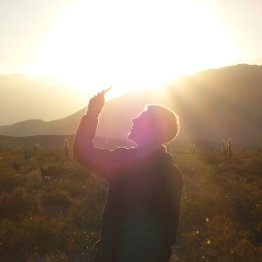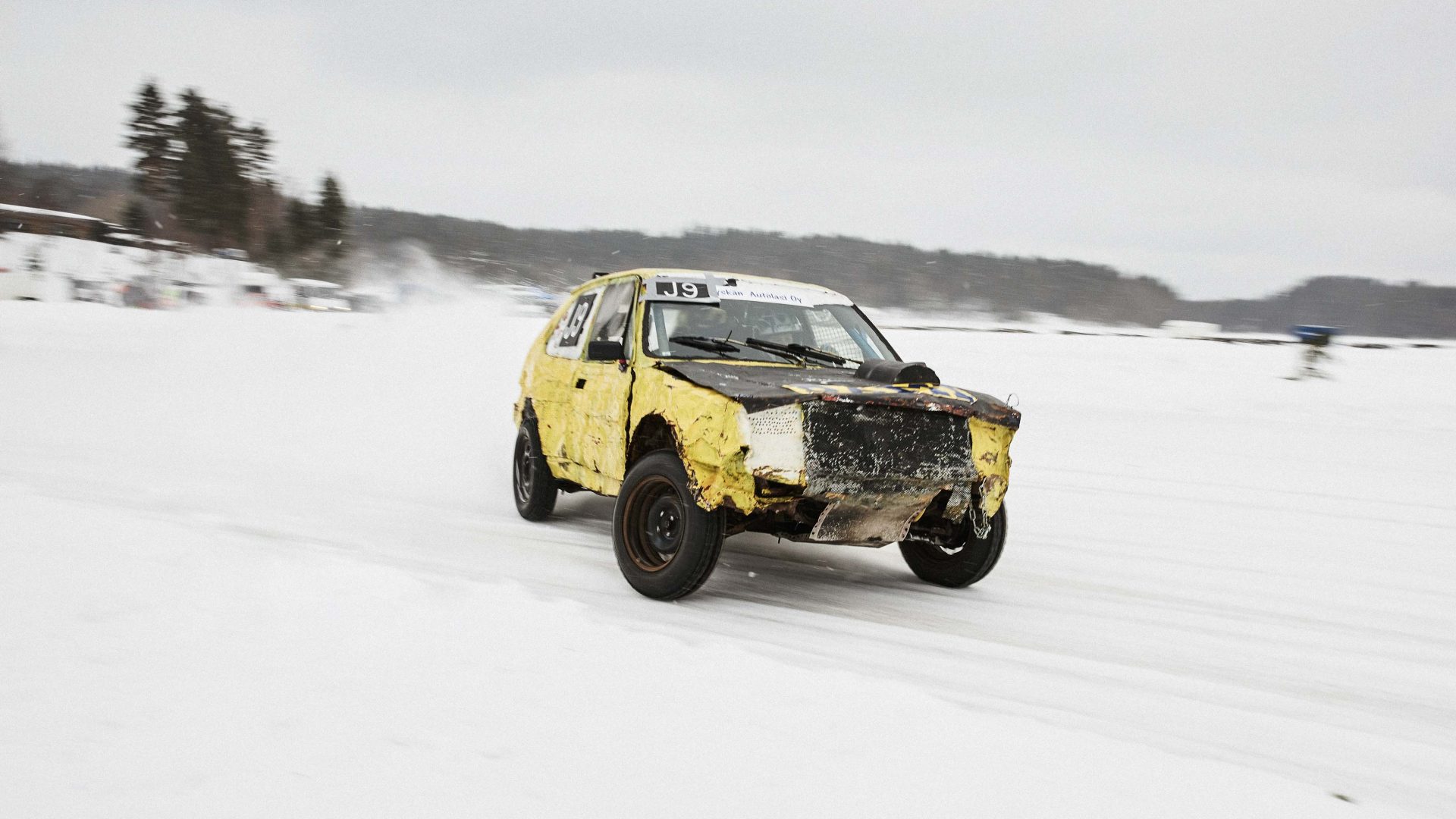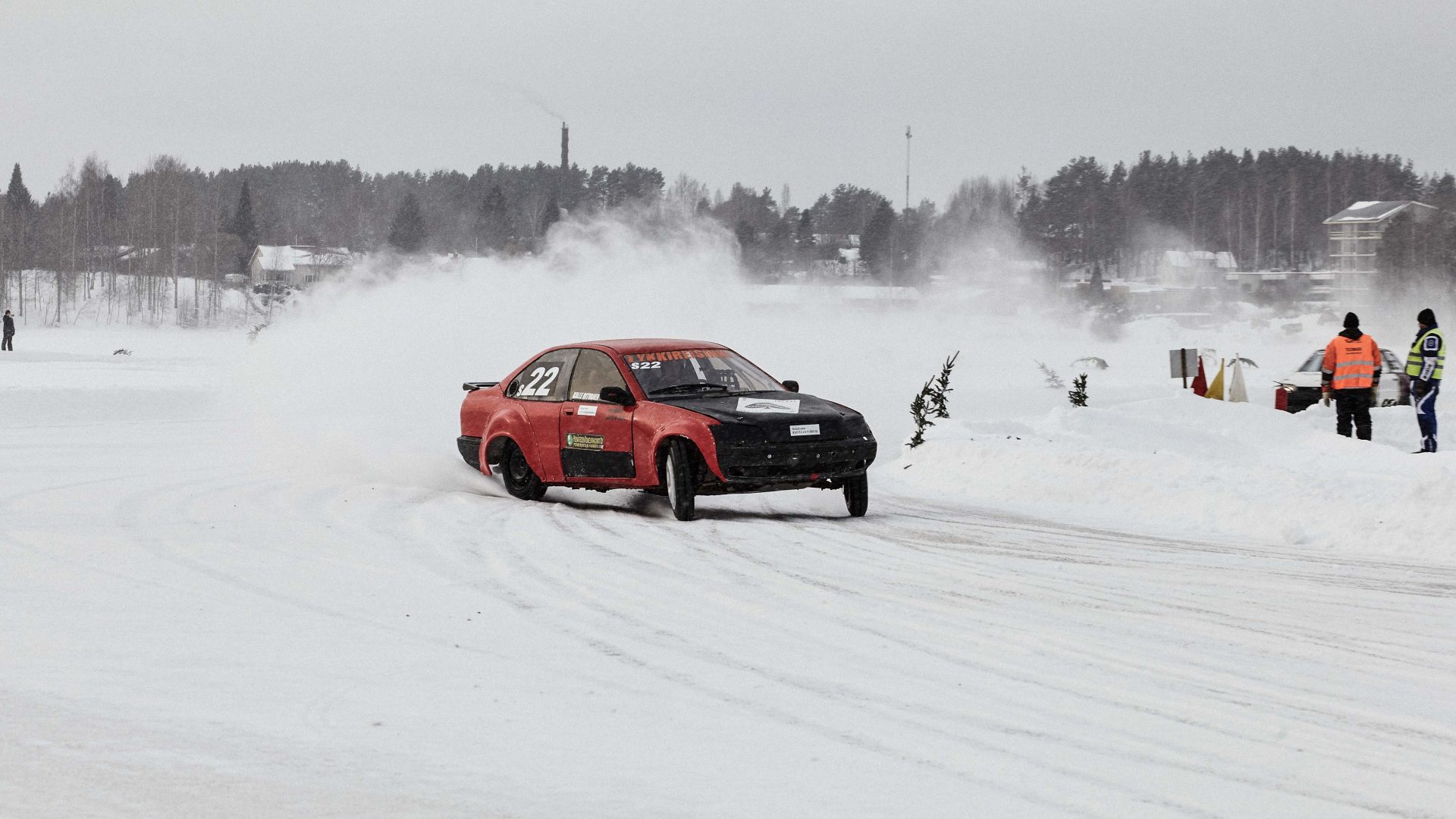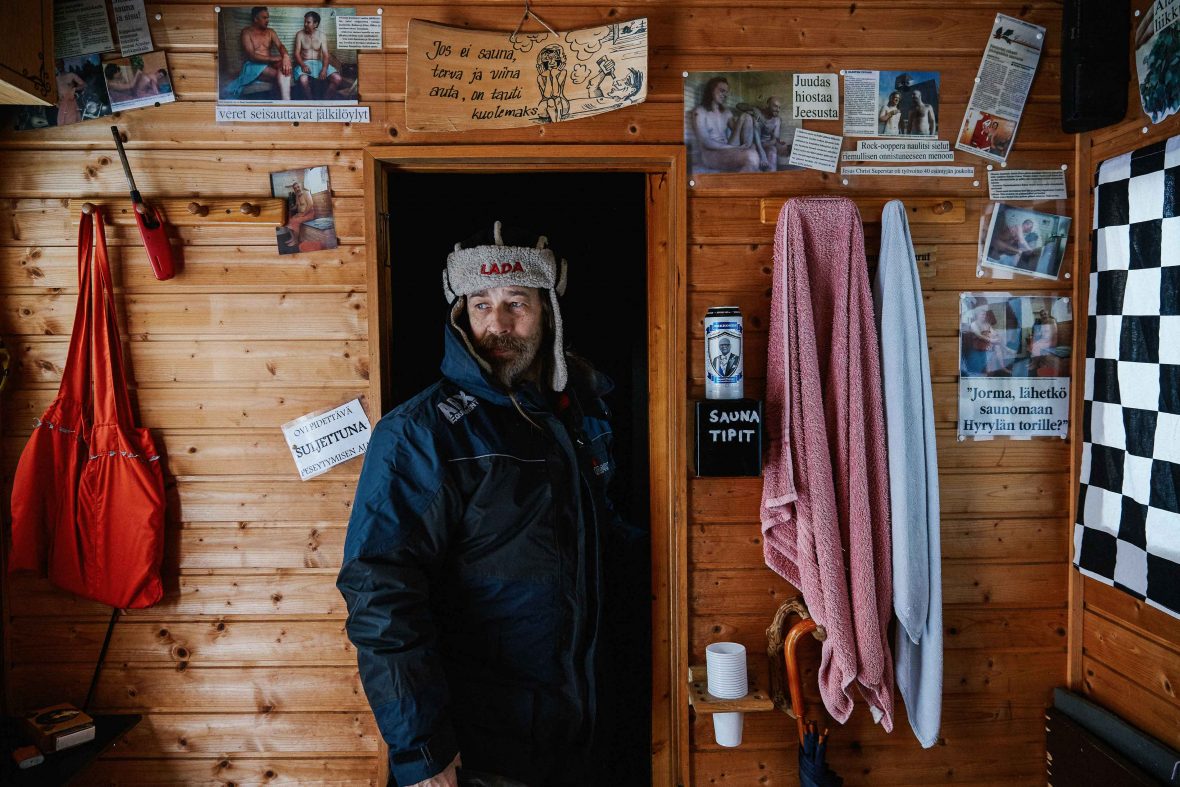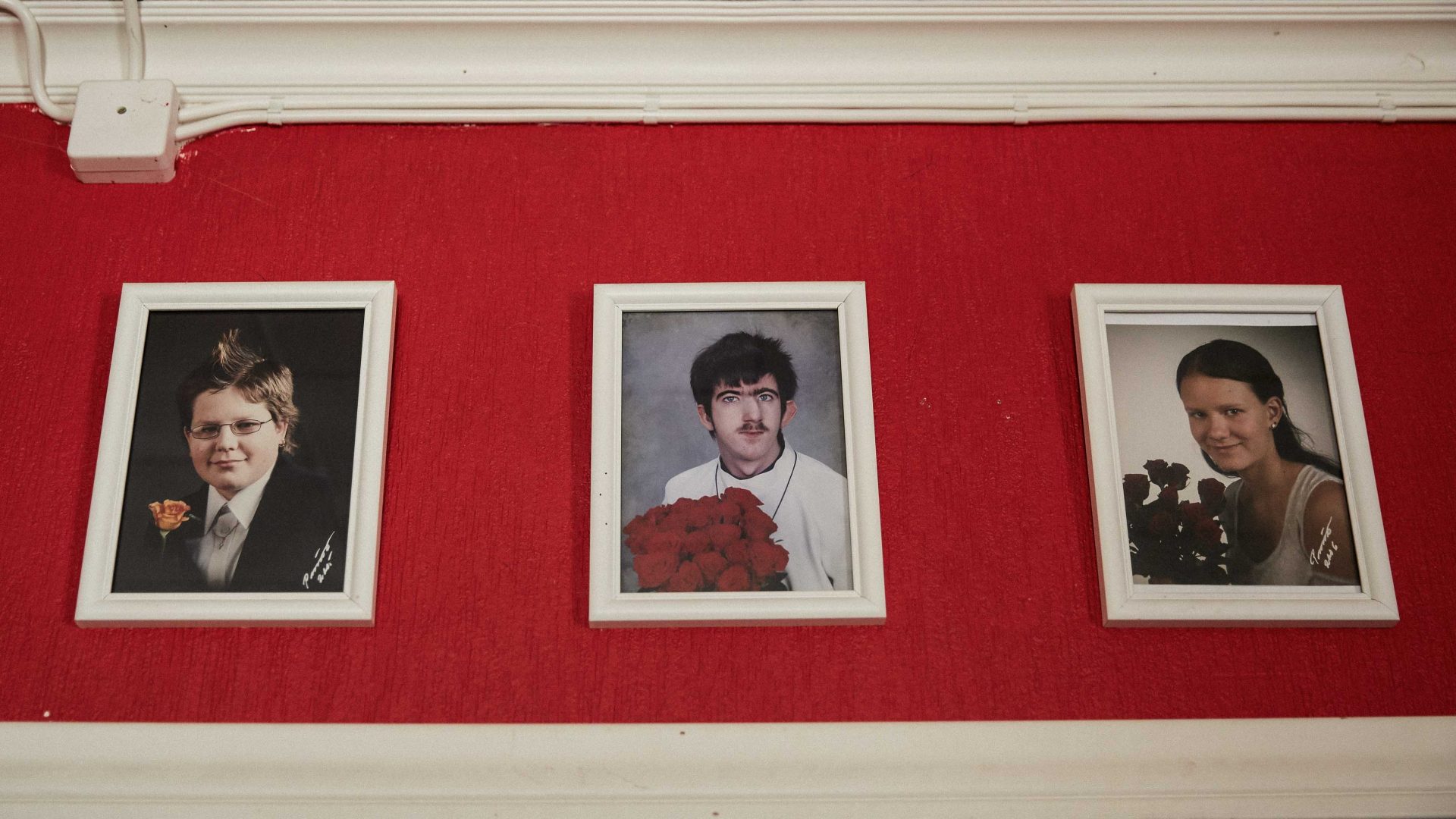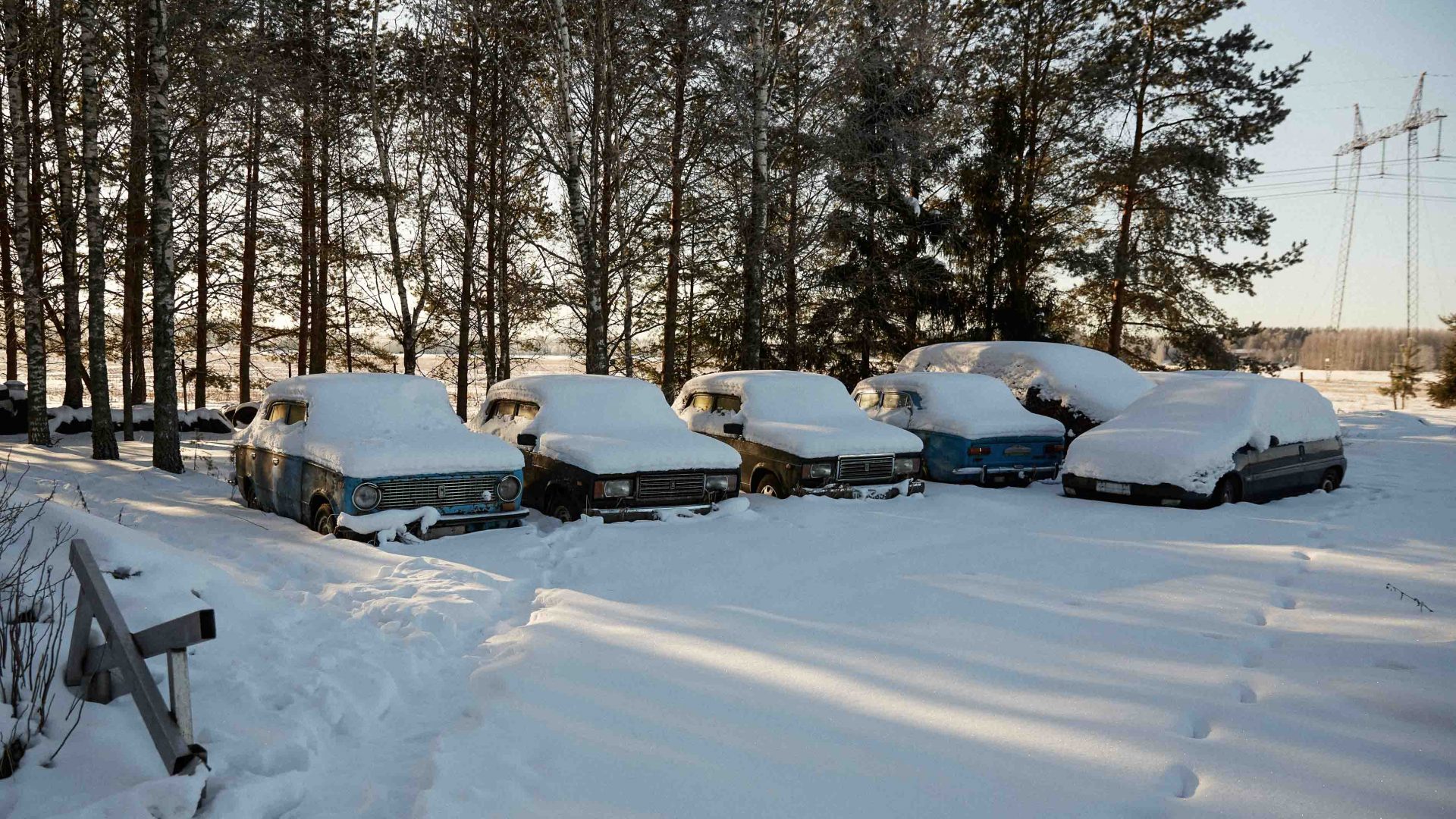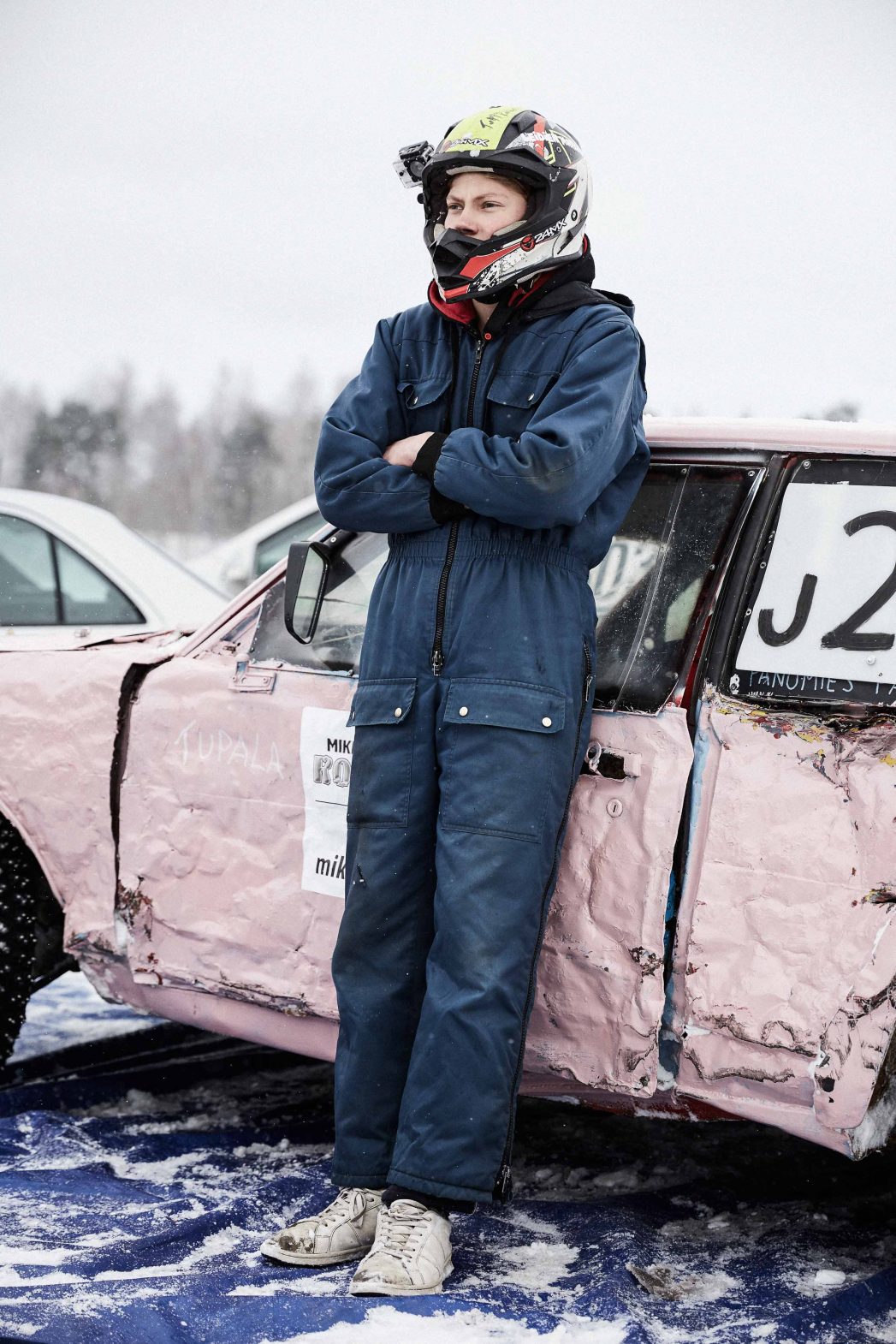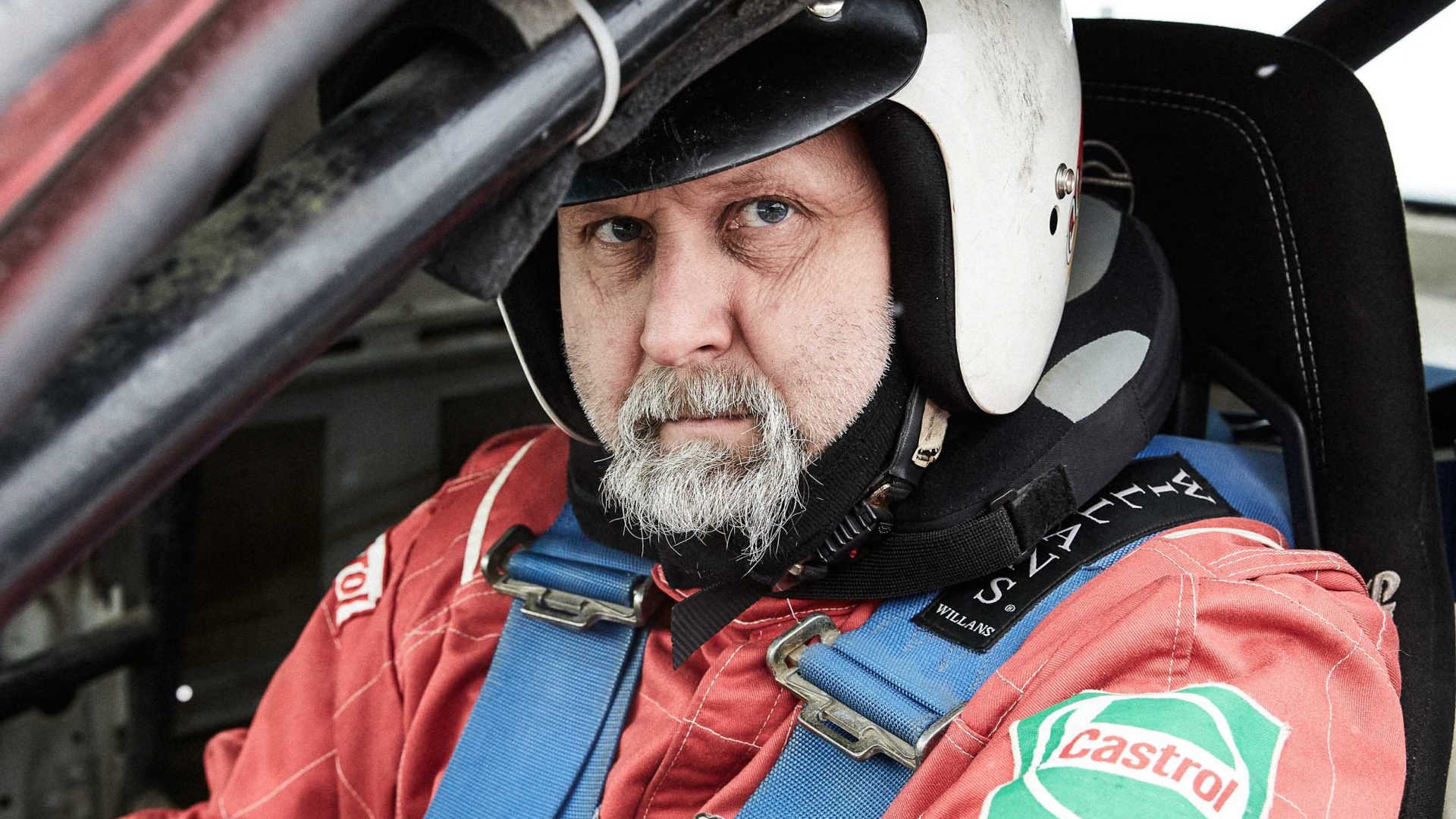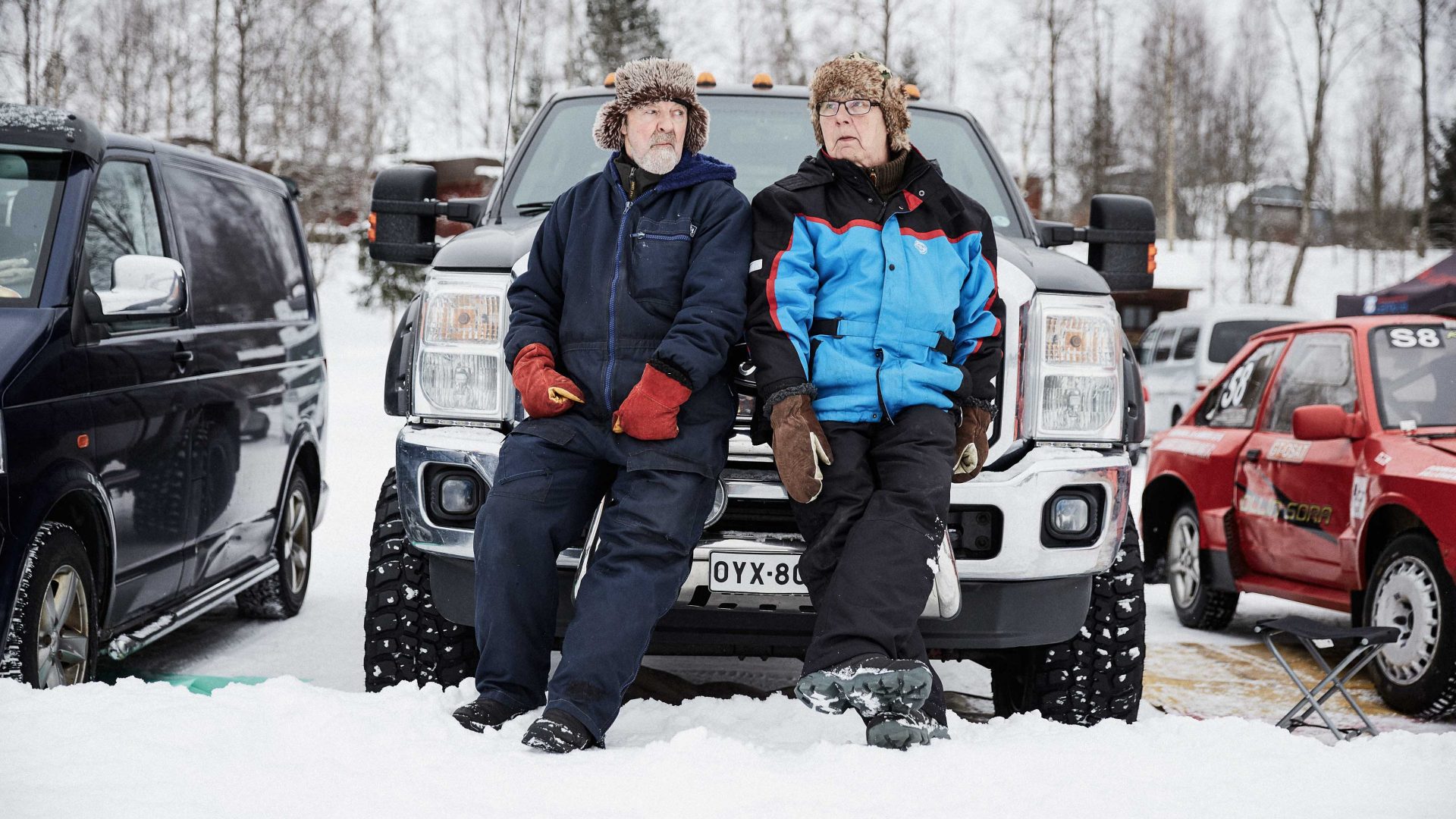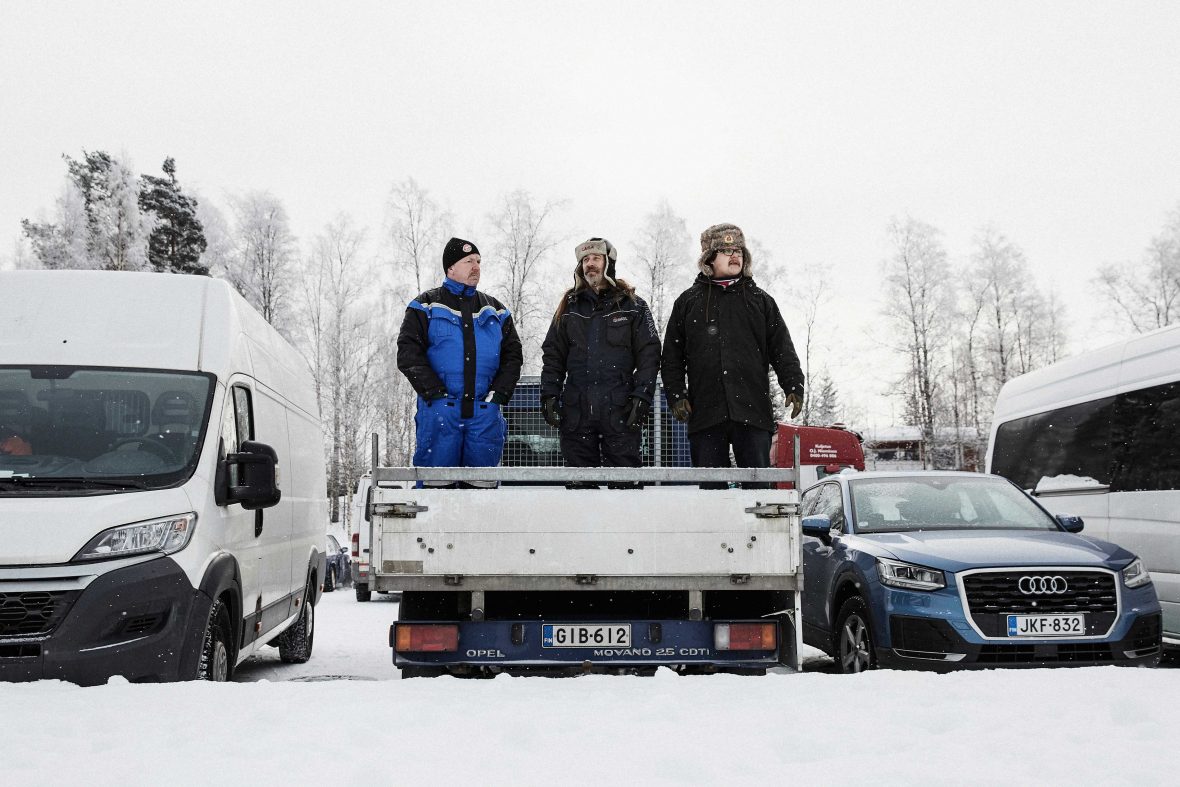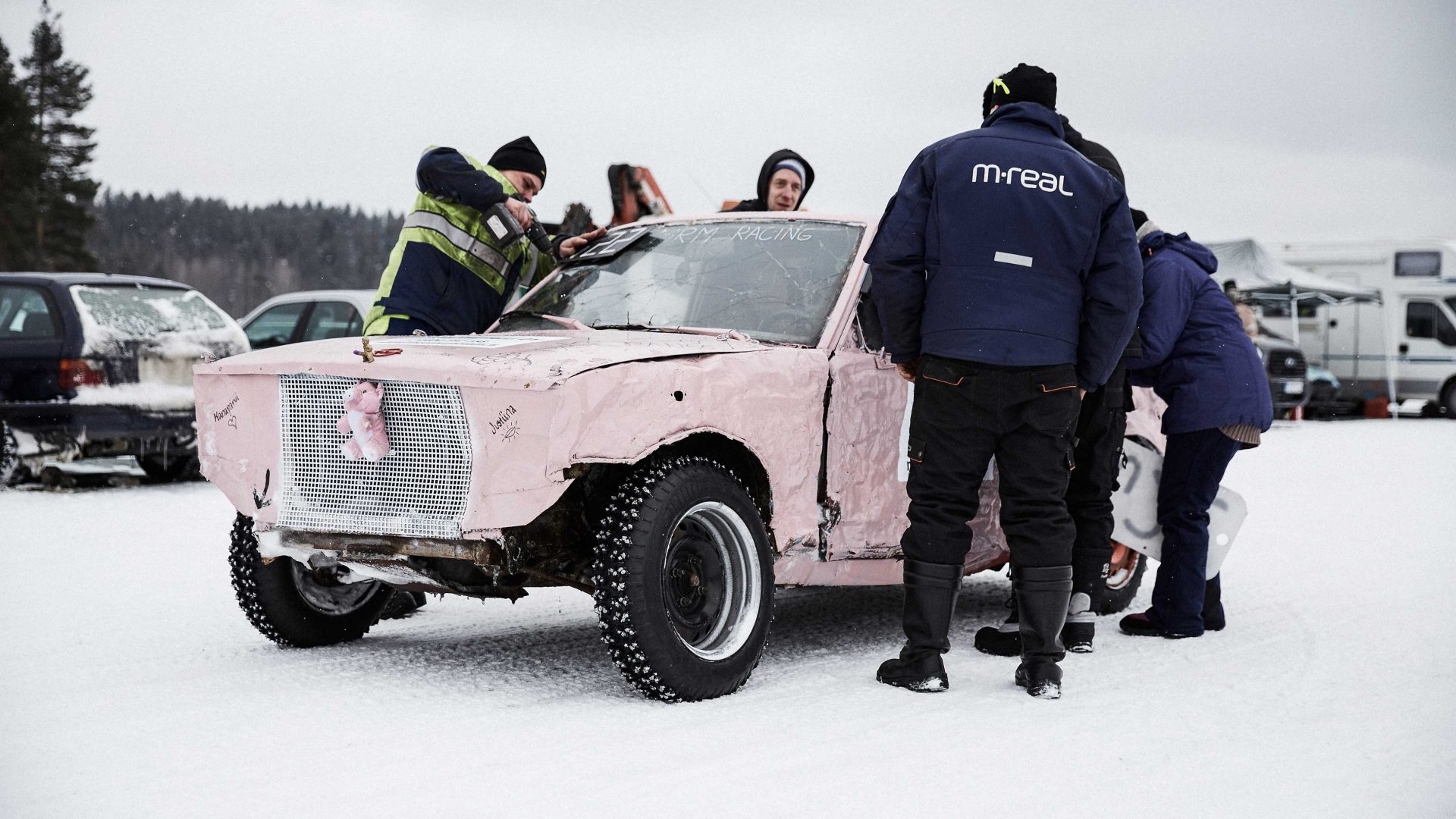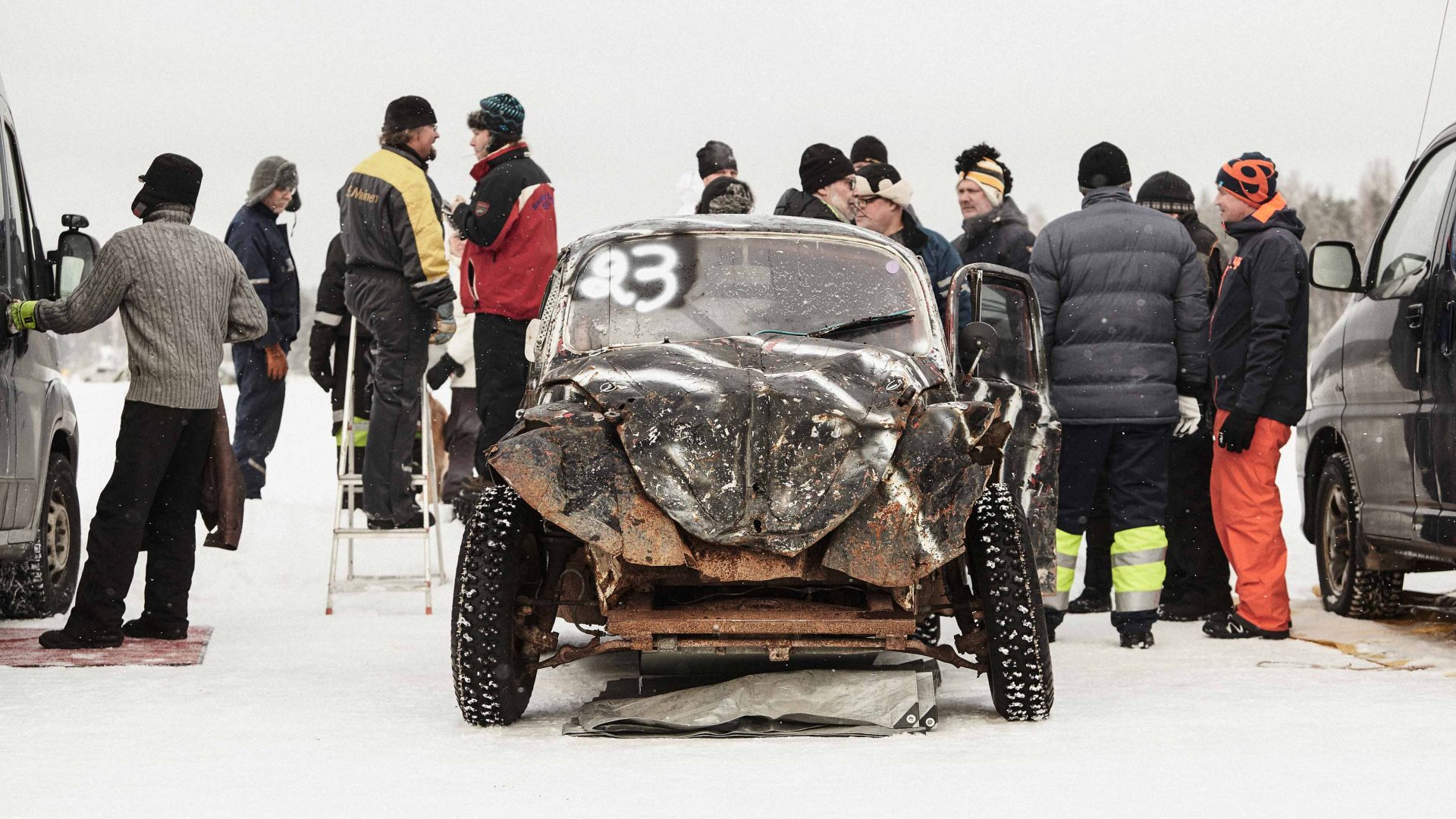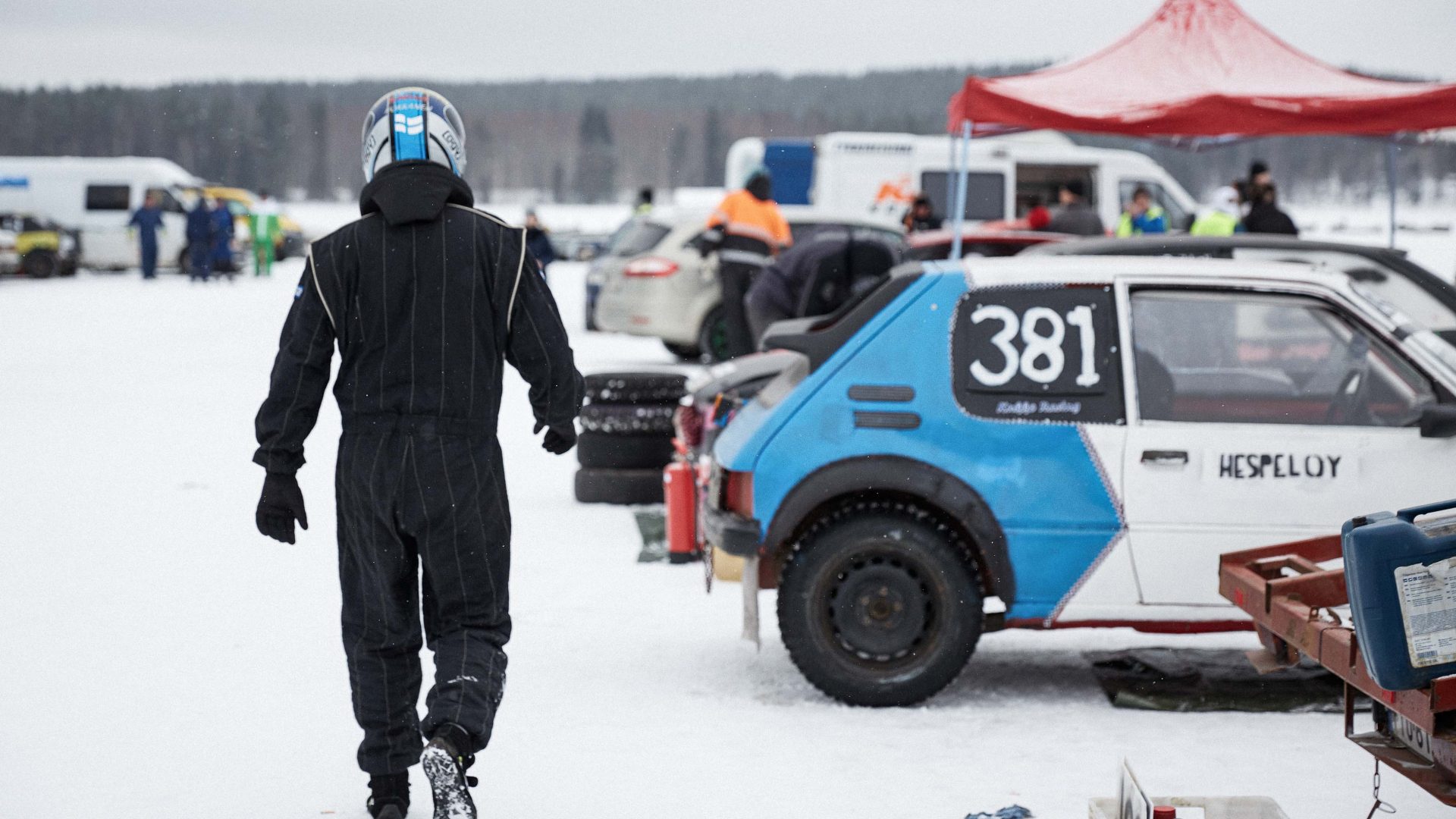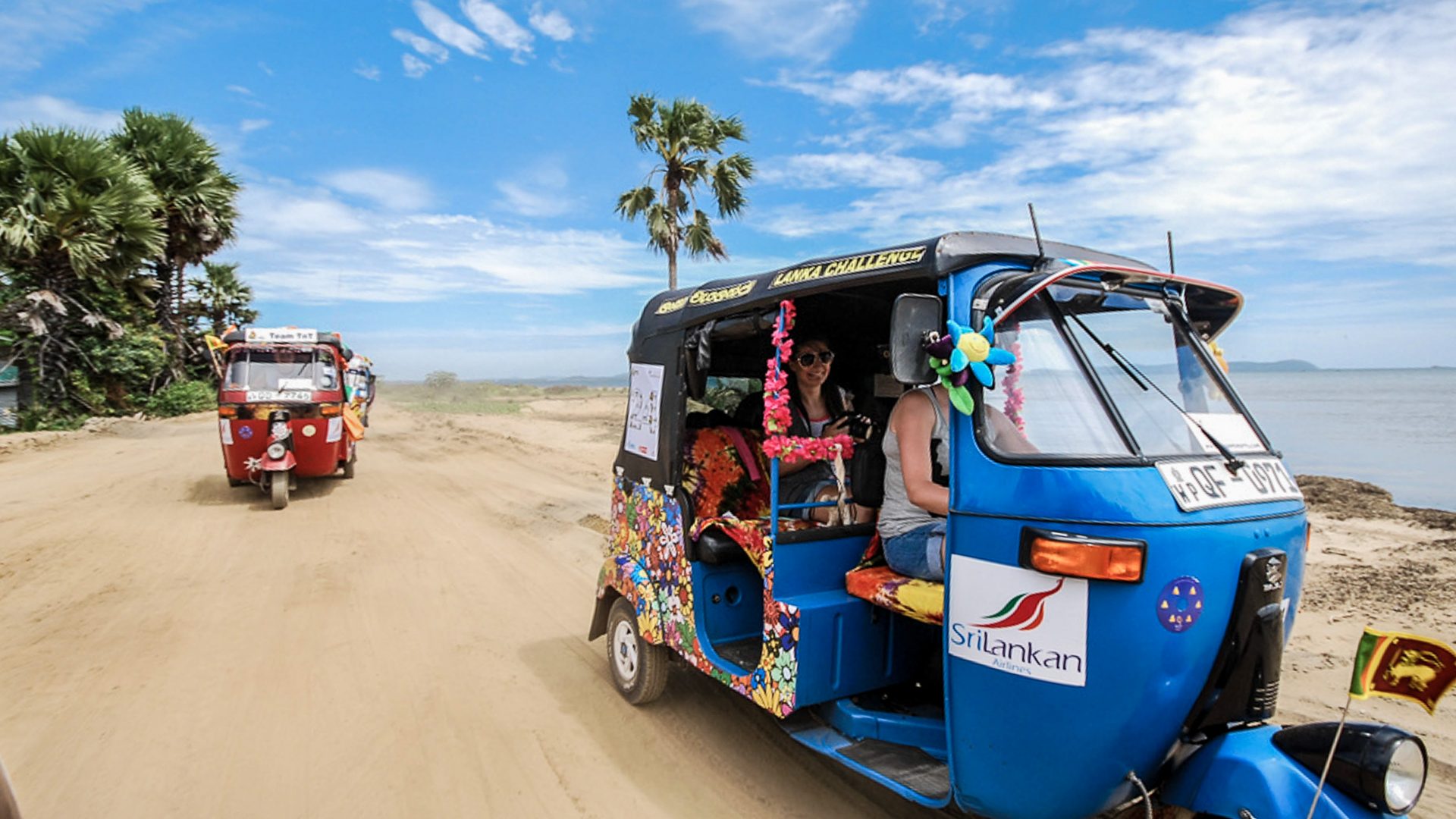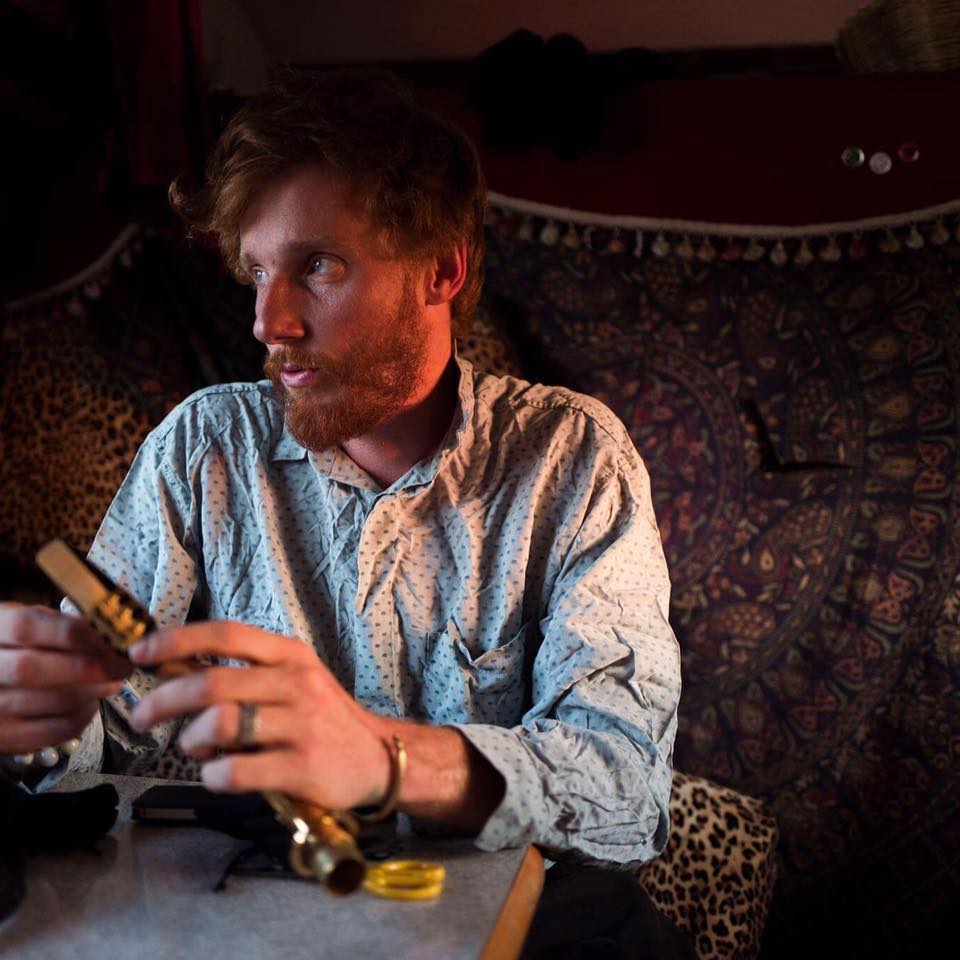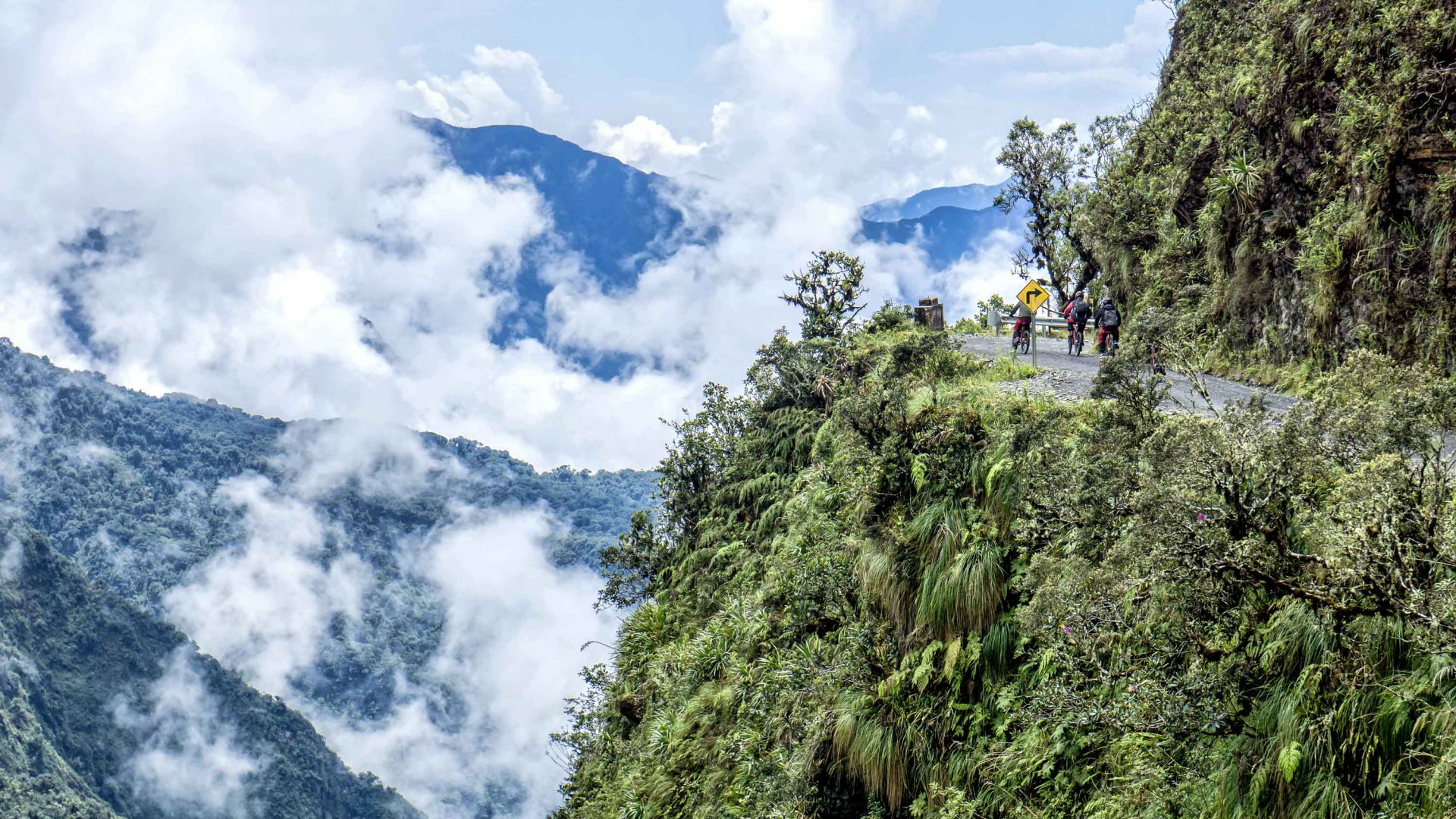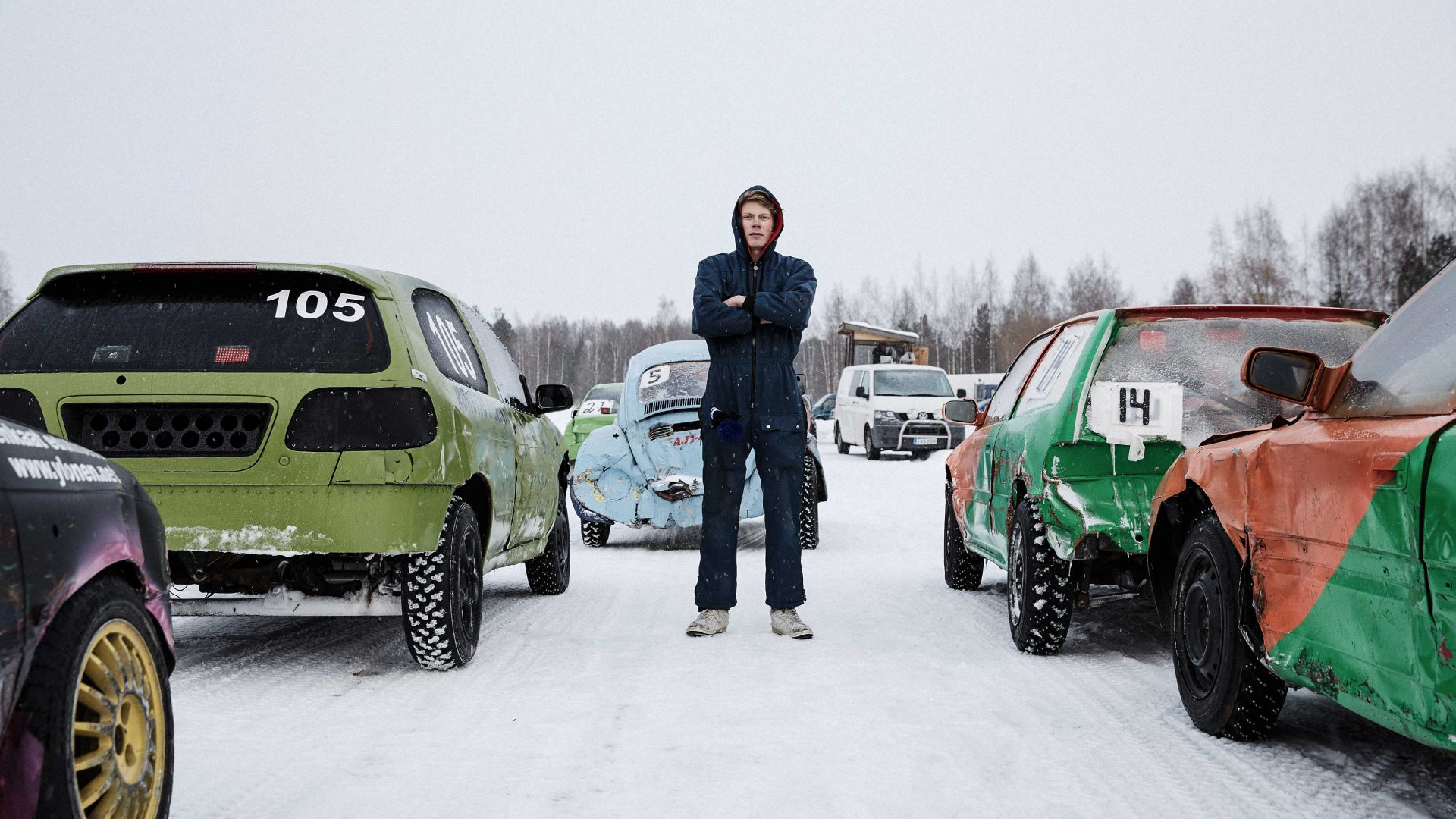
Editor’s note: This article was published before the coronavirus pandemic, and may not reflect the current situation on the ground.
A tiny nation that’s spawned multiple World Rally Championship and F1 legends, it’s said the locals learn to drive before they can even walk in Finland. But far from the limelight of the professional circuit, a handful of petrolheads have created a race with community and creativity at pole position.
I’m marooned in the middle of an enormous frozen lake in Saarijärvi, central Finland.
Through a thick haze of snow, you can just about make out the towering, white-topped pine trees surrounding one side of the lake, and a quaint, 19th-century wooden church on the other. It’s a bone-chilling 17.6° Fahrenheit (-8° Celsius), but otherwise, a peaceful, small-town Sunday afternoon.
Peaceful, that is, until the silence is shattered by a pack of ramshackle rally cars, battered engines screaming as they charge across the ice. Hurtling into the first corner and sliding on the frozen surface, four cars collide and come to rest in a tangle of twisted metal.
